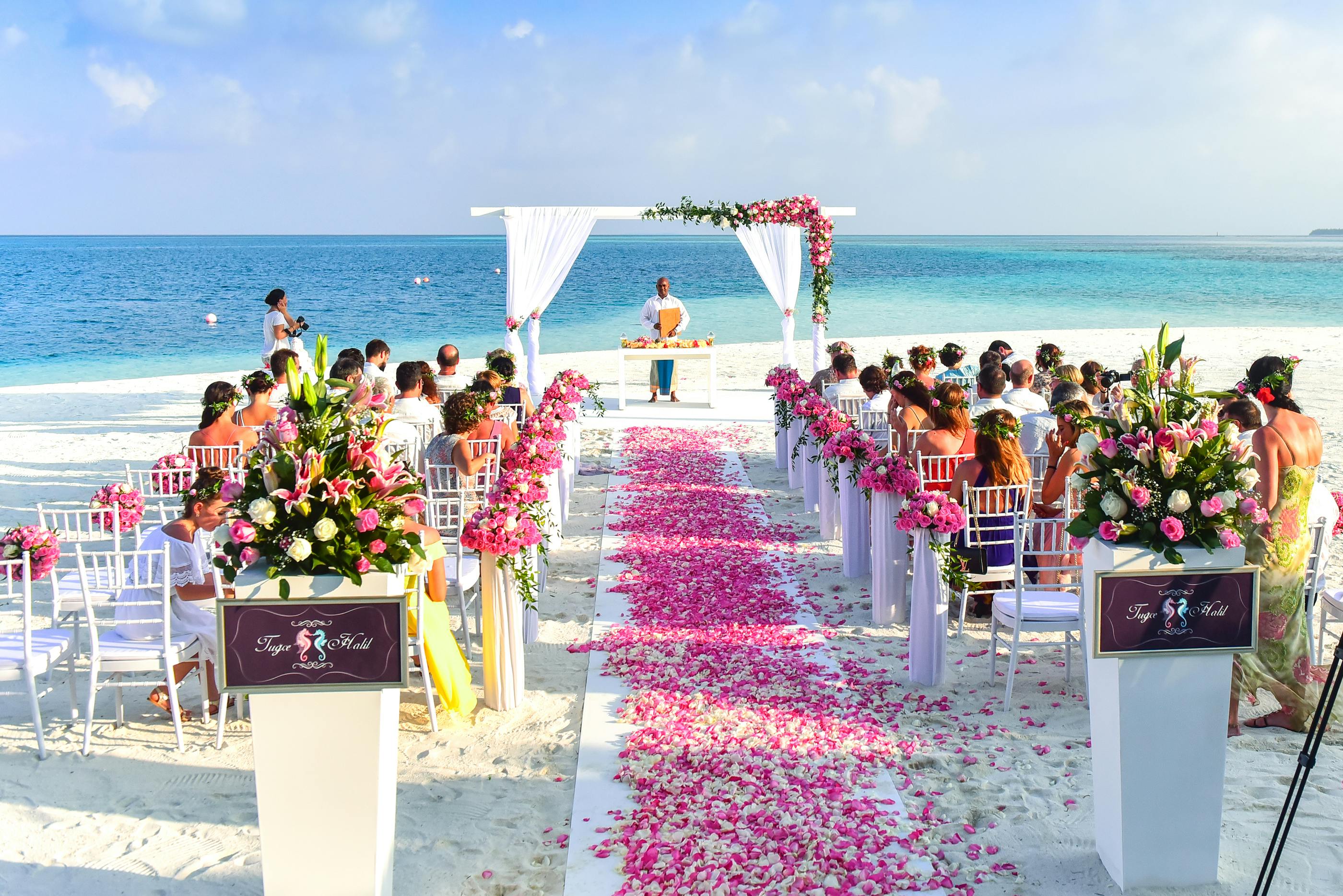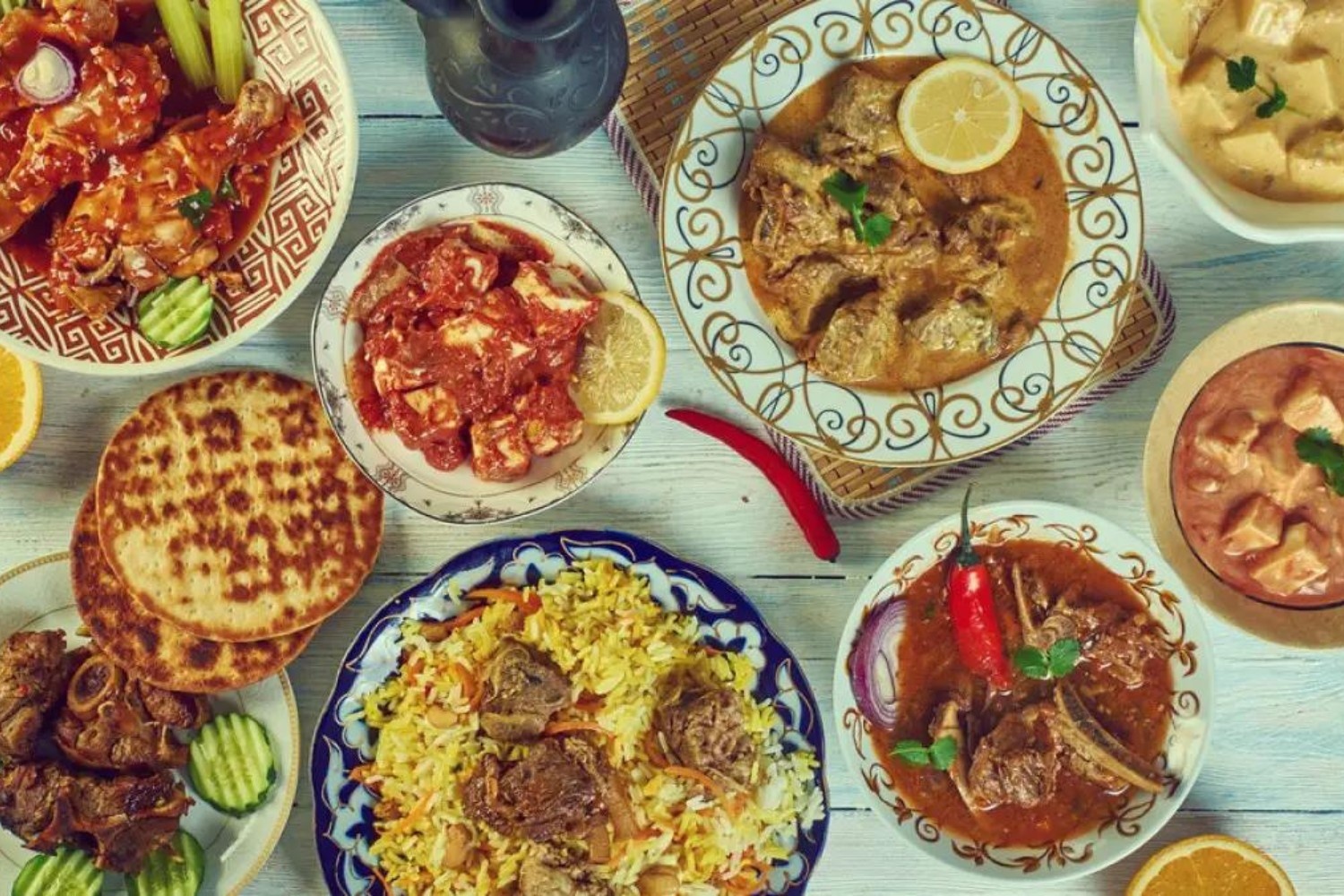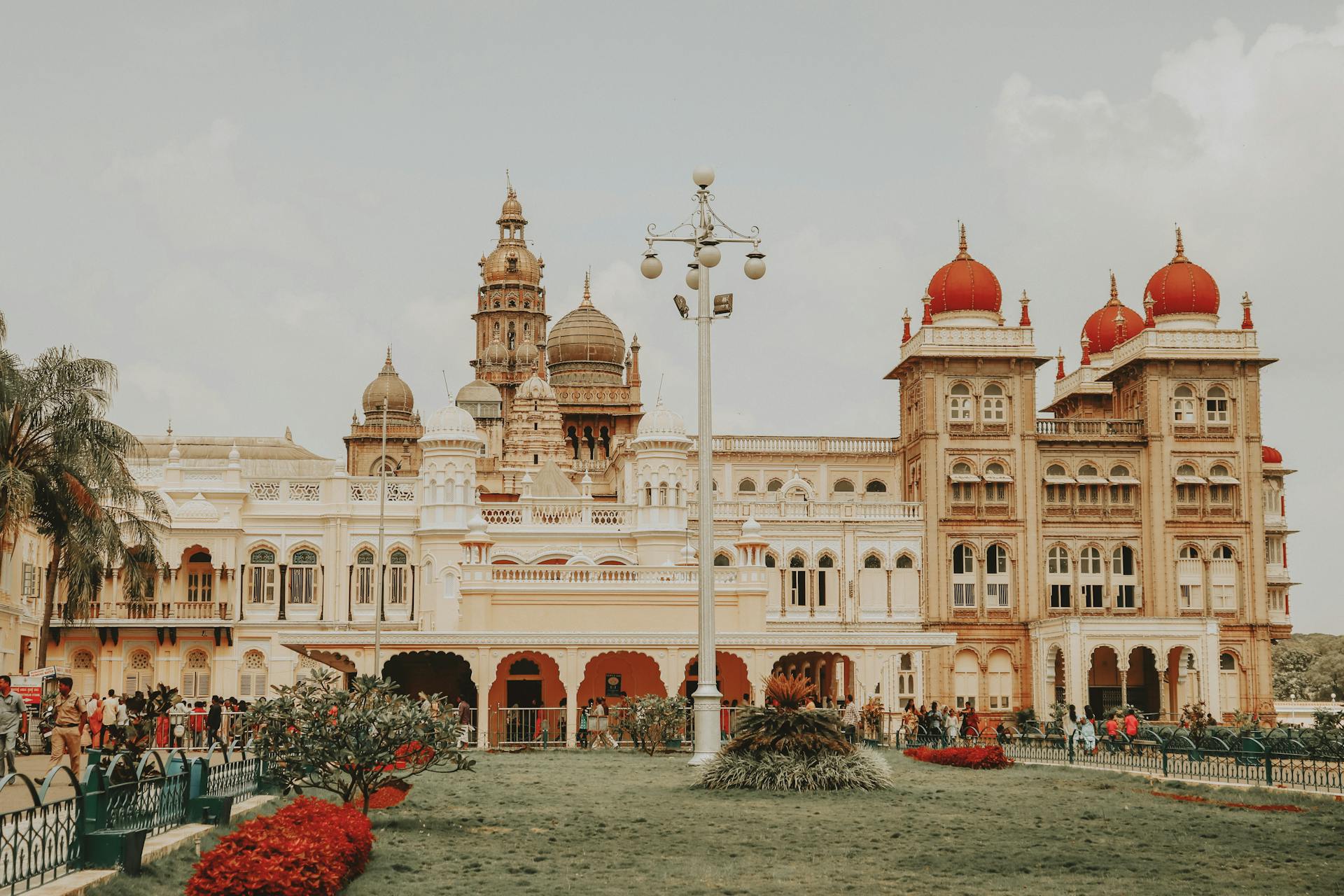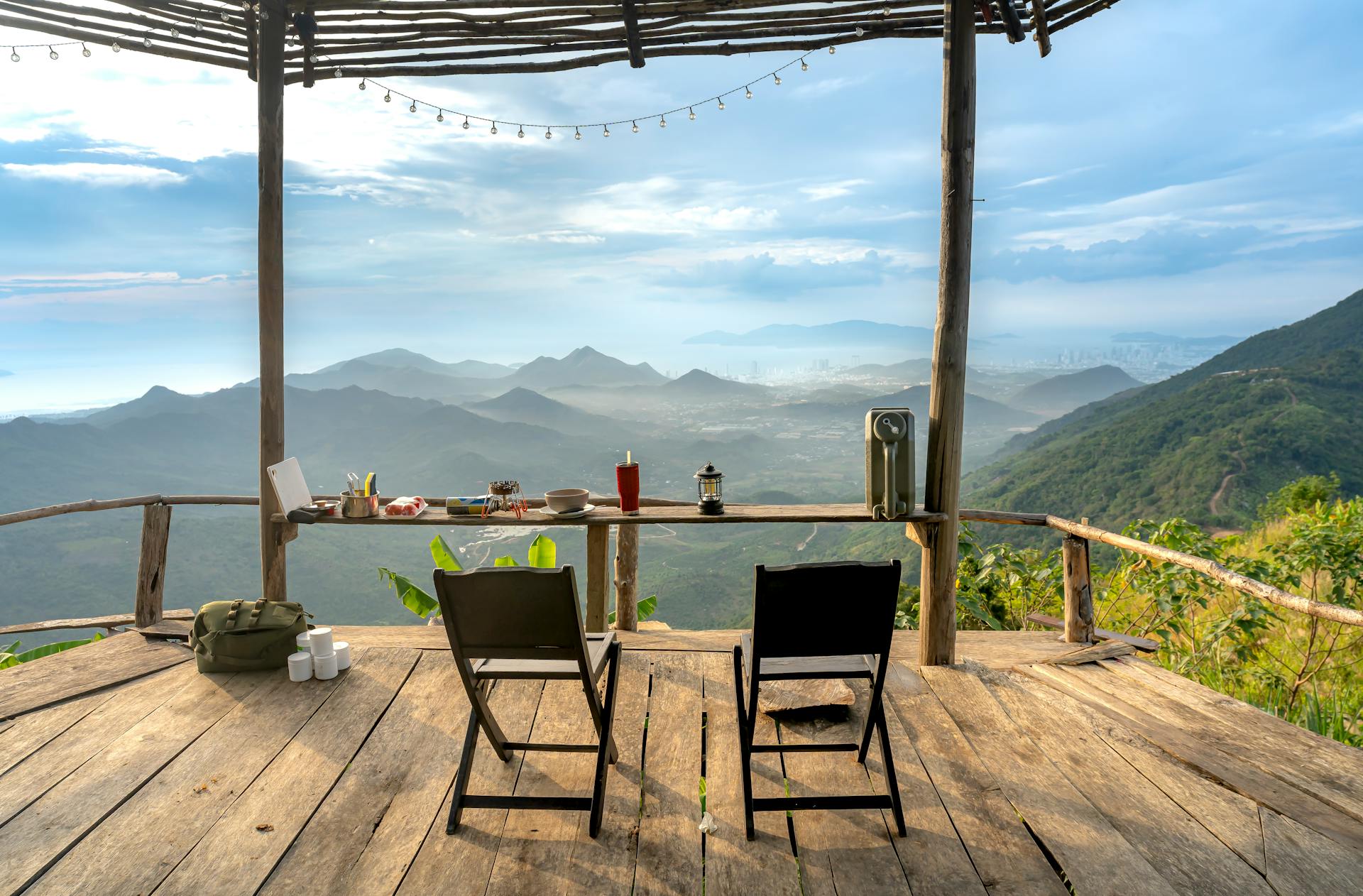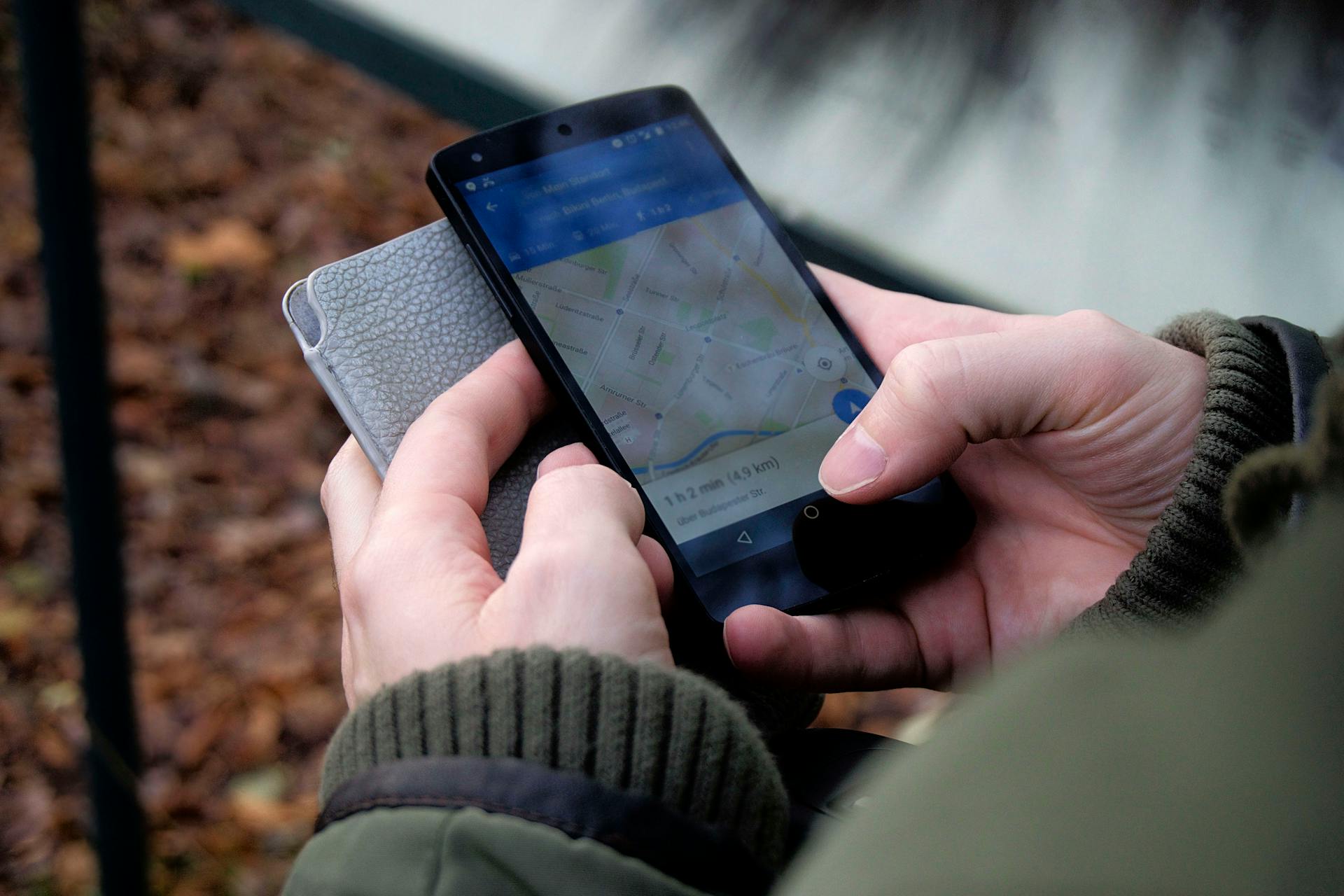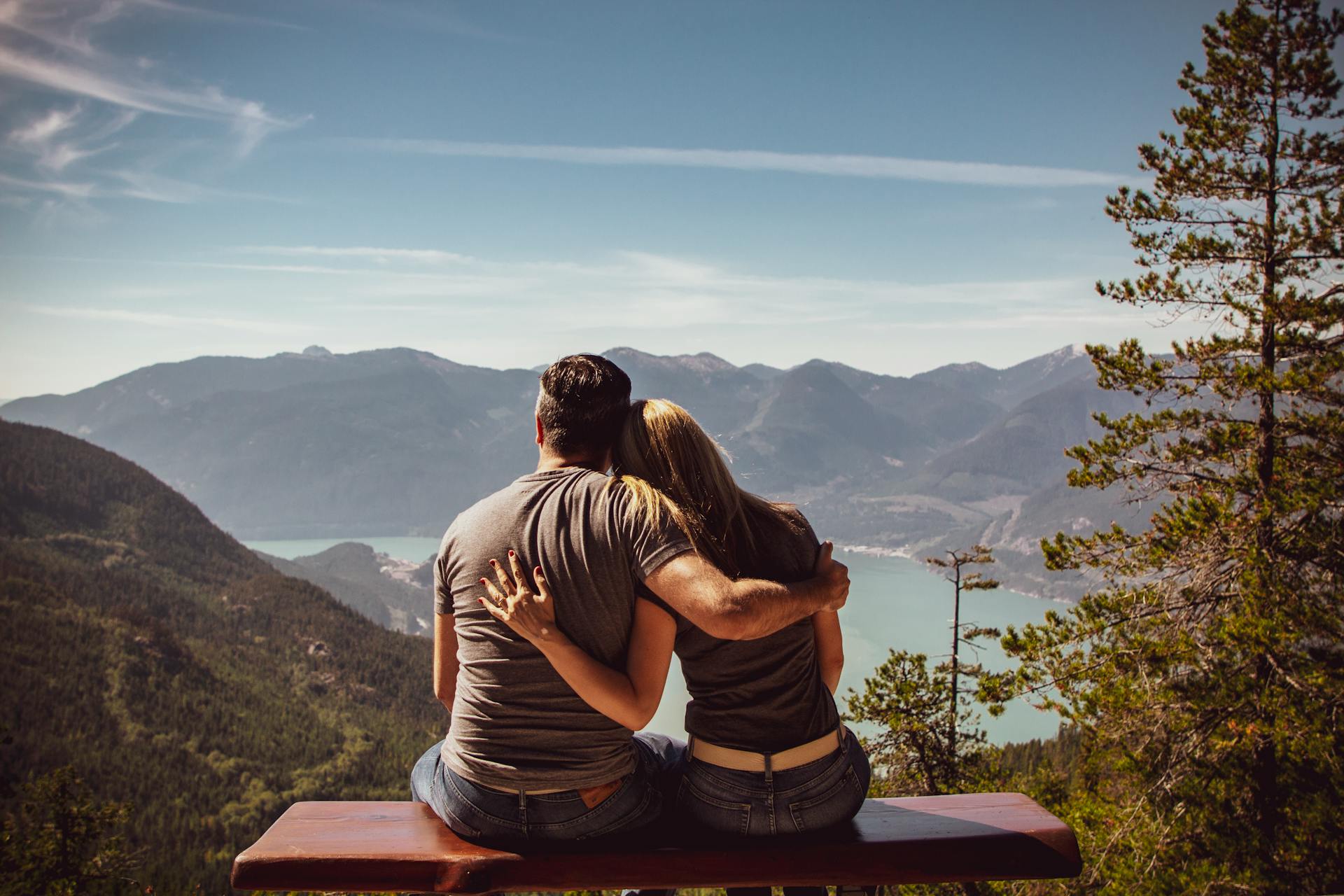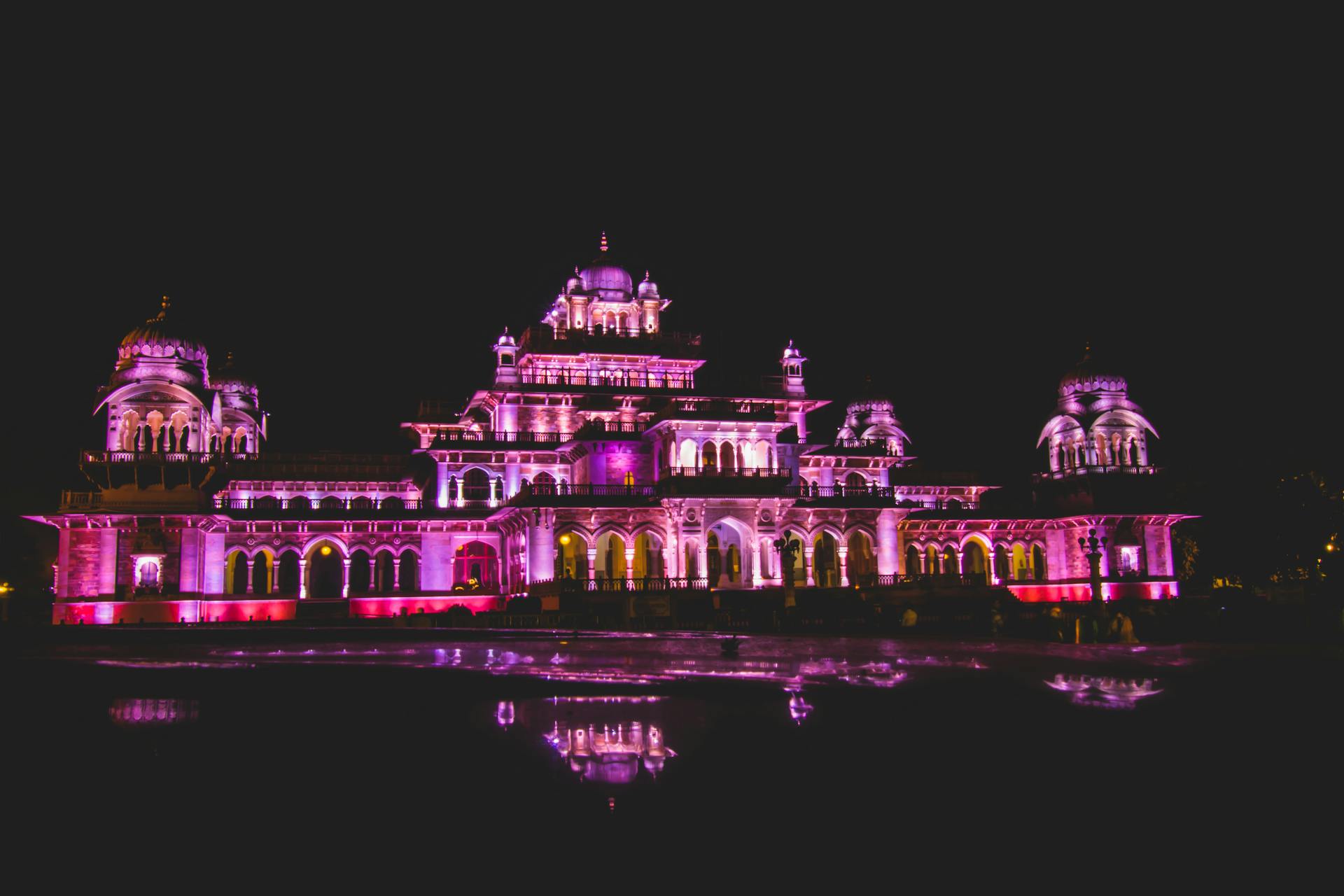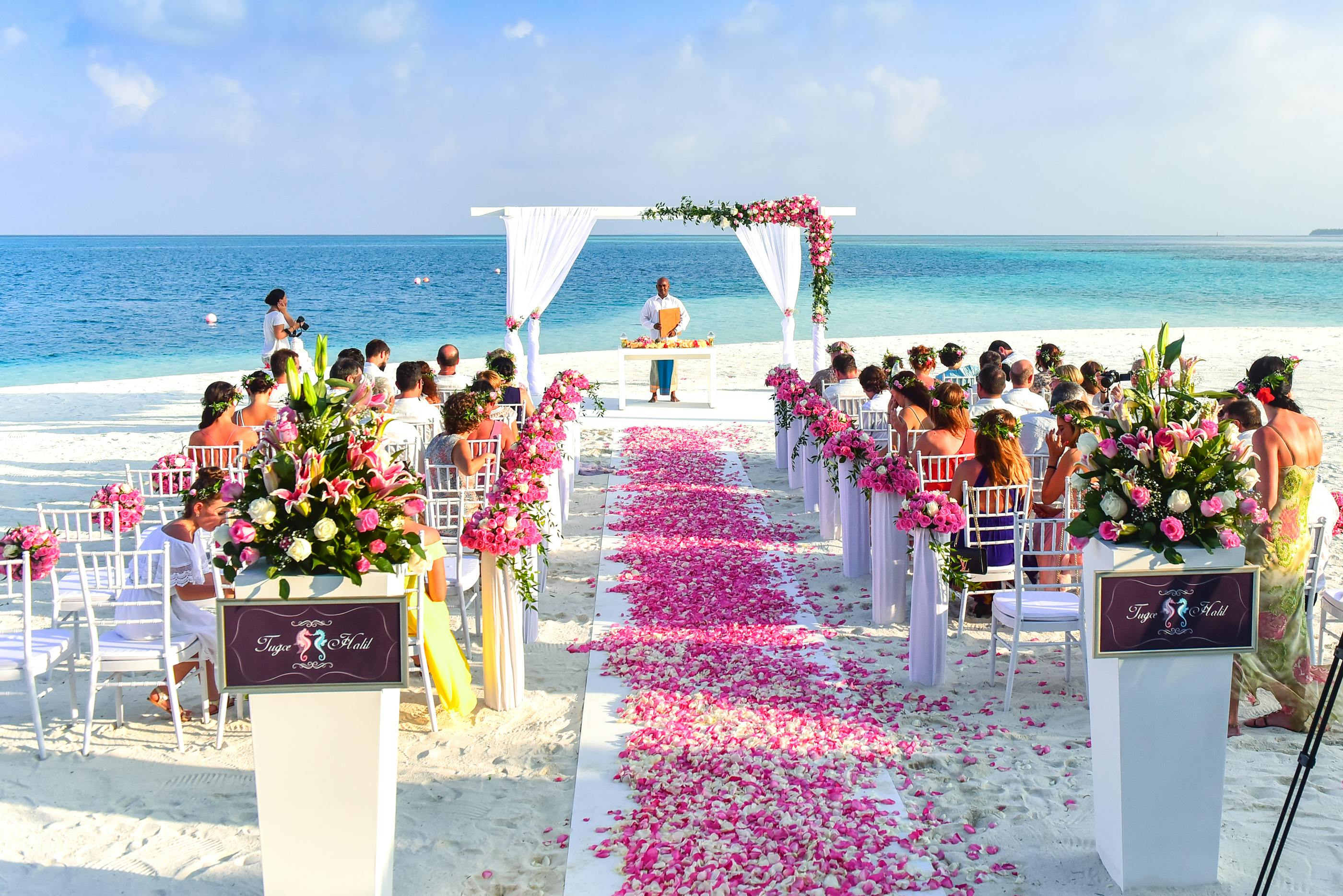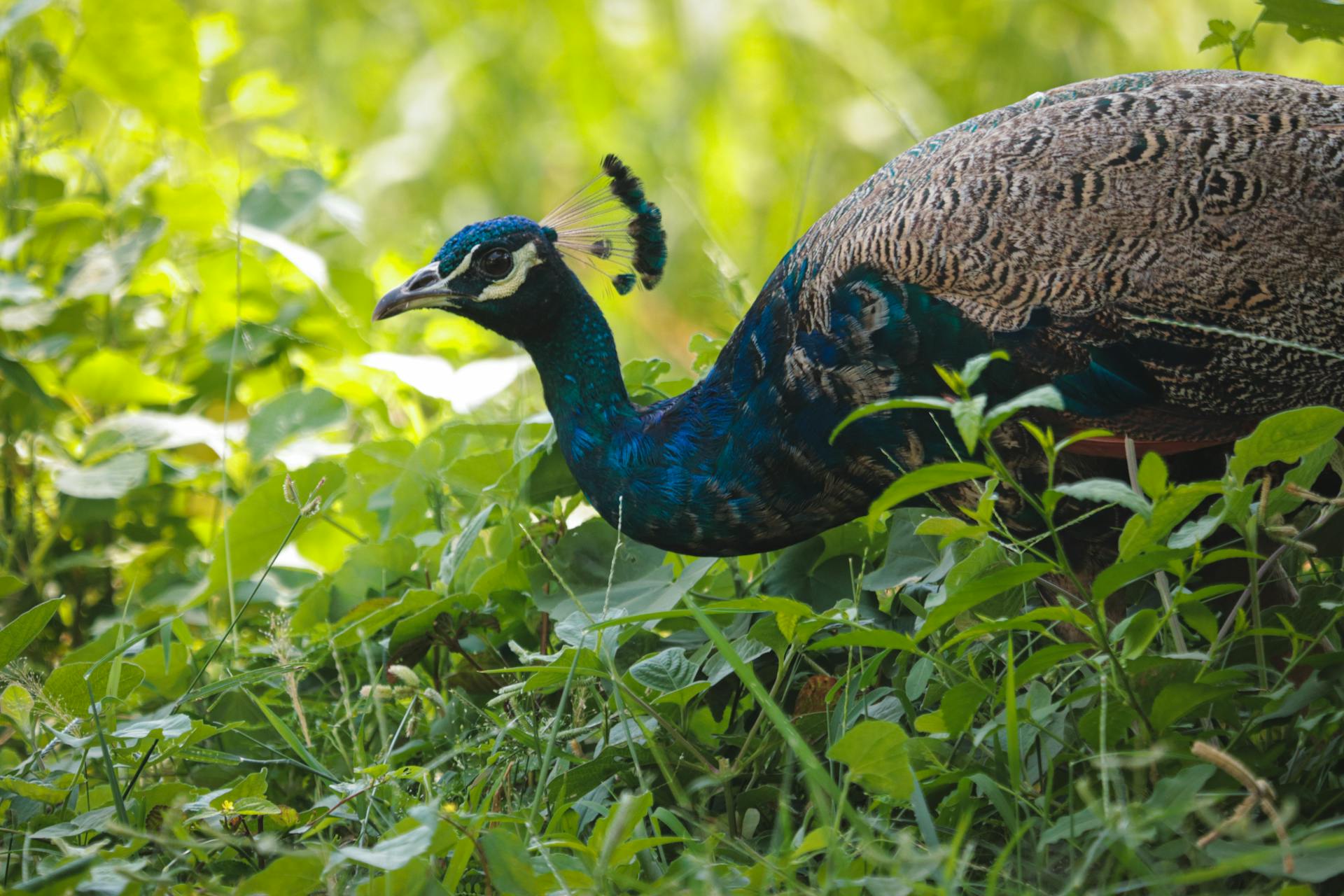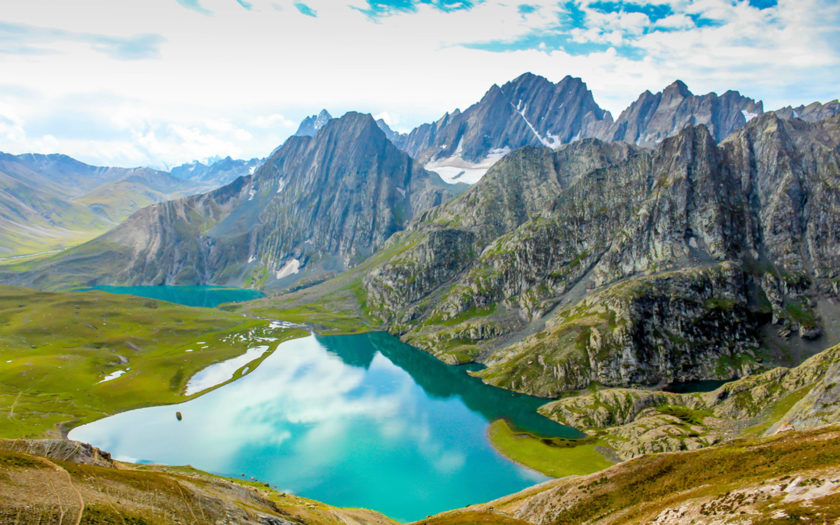Navigating the serene yet rugged landscapes of Leh Ladakh is a dream for many adventurers and travelers. Known for its breathtaking vistas, unique cultural tapestry, and challenging terrains, planning a trip to this majestic region requires meticulous preparation. Determining the best time to go to Leh Ladakh is crucial, as the region experiences drastic changes in temperature and accessibility throughout the year, affecting everything from the effectiveness of your camera's battery to your physical well-being due to altitude sickness. Equally important is understanding what to pack, from hydration essentials to warm clothing, ensuring you're prepared for the adventure that lies ahead.
This article aims to guide you through essential considerations for your Leh Ladakh trip, starting with travel planning and documents you'll need, such as a BSNL postpaid SIM card for communication in the remote stretches of the Srinagar-Leh highway or recommendations from the Border Roads Organization for safe mountain biking. We'll also delve into health and safety precautions, including necessary steps for acclimatization and carrying oxygen cylinders. Additionally, we cover what to pack, from a first aid kit to the best sunscreen for Leh Ladakh, and local insights like the best time to visit popular destinations like Nubra Valley, Khardung La pass, and Pangong Tso. Whether you're contemplating the best time to go Leh Ladakh on a bike or looking for cultural tips before visiting Leh market, this guide will ensure you're well-prepared for an unforgettable journey.
Travel Planning and Documents
Making a Checklist
Before you embark on your journey to Leh Ladakh, it's crucial to develop a comprehensive packing checklist. Start by listing all necessary documents and essentials you'll need for the trip. This includes legal identification like an Aadhar Card, PAN Card, Voter Card, or Passport, which are mandatory for navigating the restricted zones of Ladakh.
Important Documents and IDs
Ensure you carry your driving license, as it's essential for anyone planning to ride a bike in Ladakh. Alongside, an Inner Line Permit is required to enter and travel through restricted areas such as Nubra Valley, Pangong Lake, and others. This permit can be applied for online or at the Deputy Commissioner's Office in Leh. Always carry multiple copies of your Inner Line Permit as you may need to submit them at various checkpoints.
Booking Confirmation Copies
After booking your tours and accommodations, make sure to keep copies of all booking confirmations. These documents are crucial, especially if you've arranged for specific services like oxygen cylinder rentals or have specific dietary requests. The booking confirmation email should include details about your tour, payment, and pick-up information, which can be crucial in case of any discrepancies upon arrival.
Health and Safety Precautions
Acclimatization Tips
When traveling to Leh Ladakh, acclimatizing to the high altitude is crucial to avoid Acute Mountain Sickness (AMS). Leh and most places in Ladakh are situated above 10,000 feet, where oxygen scarcity due to decreased air pressure can cause symptoms like dizziness, headaches, and nausea. To mitigate these risks, it's advisable to spend the first 24-48 hours in Leh resting and avoiding strenuous activities. Gradually increase your altitude exposure, ideally not more than 350 meters per day, and ensure you sleep at a lower altitude than the highest point reached during the day. Drinking plenty of water and avoiding alcohol can also aid in acclimatization .
Emergency Medical Supplies
Your health and safety can be significantly enhanced by carrying essential medical supplies. A basic travel health kit should include medications for pain relief, altitude sickness, and common ailments like colds and stomach upset . Medications such as Diamox can be used to facilitate acclimatization but should only be taken under medical advice. Additionally, portable oxygen cylinders are advisable for emergency use to alleviate AMS symptoms .
COVID-19 Safety Measures
Despite the easing of restrictions, maintaining vigilance against COVID-19 is essential while traveling in Leh Ladakh. Always carry and wear masks in public spaces, especially in crowded areas, and adhere to social distancing guidelines. Regular hand sanitization and opting for online payments can further reduce the risk of virus transmission. It's also crucial to stay updated with the latest travel advisories and health guidelines issued by local authorities to ensure a safe and enjoyable trip.
What to Pack for Your Ladakh Trip
Warm Clothing Essentials
When planning your trip to Leh Ladakh, prioritize packing warm clothing to handle the cold, especially during evenings and high-altitude treks. Essential items include thermal wear, fleece jackets, and a good quality down or synthetic insulated jacket. For lower body comfort, opt for synthetic long underwear and durable trekking pants that allow for easy movement. Don't forget to pack a few pairs of thermal socks to keep your feet warm and a pair of sturdy, insulated boots suitable for walking on uneven terrain .
Camping and Trekking Gear
Your adventure in Leh Ladakh might include camping or trekking, so it's crucial to be well-prepared. Bring a lightweight, durable backpack with a capacity of around 30-40 liters to carry daily essentials like water, snacks, and a camera. Include a high-quality sleeping bag with a suitable T-comfort rating for the cold nights. An inflatable sleeping pad with an R-value of 4 or more will ensure comfort during rest. For those planning more rigorous activities, consider packing trekking poles, a harness, and if needed, an ice axe and crampons for safe mountain navigation .
Electronic Devices and Chargers
The breathtaking landscapes of Leh Ladakh are perfect for photography enthusiasts, but remember, batteries drain faster in cold weather. Pack a reliable power bank and consider bringing a solar charger for extended outdoor activities. Ensure you have multiple charging cables and, if possible, a car charger if you're traveling by vehicle. For those using cameras extensively, carry spare batteries to avoid missing out on capturing crucial moments. Lastly, a durable, waterproof phone case will help protect your device from the elements .
Local Insights and Cultural Tips
Understanding Local Customs
When visiting Leh Ladakh, respecting the local culture and traditions is paramount. You should dress modestly, especially when visiting monasteries, as full-length clothes are seen as a sign of respect to the gods and the deities. Maintaining a sober behavior and keeping silence in places of worship is appreciated. The people of Ladakh cherish their simple living and distinct culture, which is influenced by both age-old traditions and Tibetan customs. Engaging with the community respectfully helps preserve the unique cultural identity of this region.
Respecting Local Laws
Ladakh's ecological balance is delicate, and as a visitor, you play a crucial role in preserving it. Follow the "Leave No Trace" principles, avoid littering, and engage in sustainable tourism practices. This not only supports the environment but also the local economy, which heavily relies on tourism. By purchasing local handicrafts and products, you contribute to the livelihoods of the native people and help maintain their traditional skills.
Interacting with Locals
Interacting with the locals can enrich your travel experience significantly. Ladakhis are known for their hospitality and warmth. A simple "Julley," which means hello, can go a long way in making connections with the local people . Try to participate in local activities and learn about their way of life, which is closely tied to nature and spirituality. By showing genuine interest and respect, you ensure a meaningful and memorable interaction that respects both the culture and the people of Ladakh.
Conclusion
Embarking on a journey to Leh Ladakh is a richly rewarding experience, one that demands careful preparation and a profound respect for the region's natural beauty and cultural heritage. Through meticulous planning, attention to health and safety precautions, and a mindful packing list, adventurers can ensure they are well-equipped for the unique challenges and experiences that lie ahead. Furthermore, by understanding the optimal times to visit and integrating themselves respectfully within the local customs and environment, travelers can fully immerprise themselves in the magic of Leh Ladakh, creating memories that last a lifetime. The essence of an adventure to Leh Ladakh transcends the mere exploration of its landscapes; it is an immersion into a lifestyle that reveres the harmony between humans and nature, as well as cultural traditions that have stood the test of time. By taking these insights and essential tips into account, travelers can approach their journey with confidence and a deep sense of responsibility towards preserving the beauty and integrity of this unparalleled destination. Thus, a trip to Leh Ladakh is not just a holiday but a profound journey of discovery, respect, and unparalleled beauty, offering insights and experiences that resonate far beyond the journey's end.
FAQs
1. When is the best time to visit Leh?
The ideal months to visit Leh are from April to June. During these months, the weather is pleasant, and the days are cool, providing perfect conditions to explore Leh's stunning landscapes, ancient monasteries, and vibrant Tibetan-Buddhist culture. This period also marks the peak tourist season due to favorable weather conditions.
2. How long should a trip to Leh Ladakh ideally be?
A trip lasting 7 to 10 days is sufficient to cover many of the key attractions in Leh Ladakh. However, if you prefer a more relaxed pace with less travel per day, a 15-day itinerary would be more suitable.
3. What is considered the off-season in Leh Ladakh?
The off-season in Leh Ladakh is during the winter months, which start at the end of November and last until the beginning of March. This period sees fewer tourists due to the harsher climate.
4. What budget should I plan for a trip to Leh Ladakh?
The cost of a trip to Leh Ladakh can range from Rs. 20,000 to Rs. 50,000 or more. This budget varies based on your choices of transportation, accommodation, and
the activities you plan to engage in during your visit.
.jpg)
.jpg)
.jpg)
